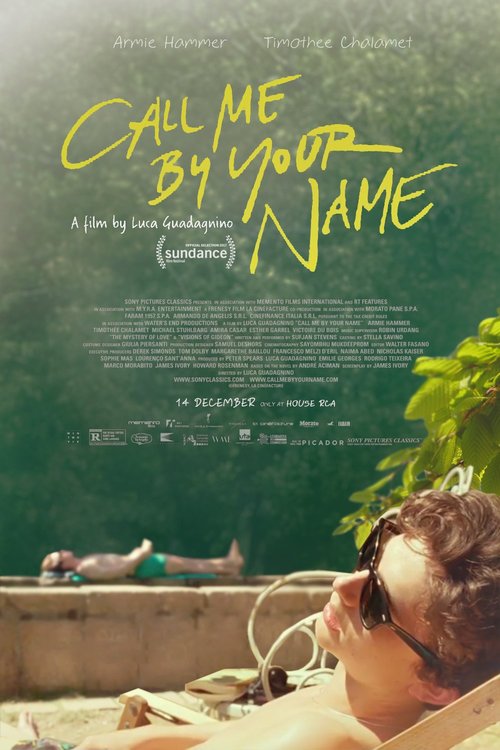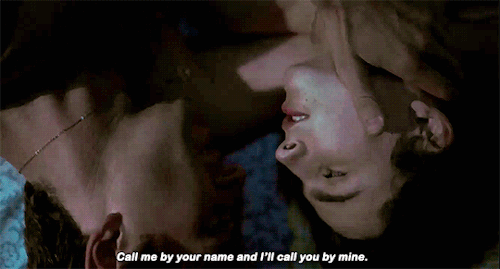The observable universe is 13.77 billion years old, holding a galaxy spilt like light-year milk. And if there’s 7.6 billion people in the world, eras before us, great geological epochs – what do the astronomical numbers mean for the chances of two people meeting each other at a barbecue? What are the chances that they might even like each other?
Constellations is a kind of terribly neurotic, self-indulgent exposition for anyone who’s wondered what if? I think about how many times I’ve wished things were different. At any point where we must choose, decisions seem irreversible; we cannot go back. But Constellations allows us and its characters to explore the paths of the multitude of realities.
It’s ambitious – a play of multiverses and the grand loftiness of higher physics, but grounded by the two characters who are full of familiar, earthy things: of frustration, of anger, of loss, love and heartbreak. They talk through touch and intonation, just as they talk through timelines and quarks and other intangibles. Concepts of cosmology and bee-keeping are made into very beautiful, personal lines.
 The story of Roland and Marianne ends depending on where you start. Maybe it’s at the ballroom dancing class, maybe it’s at the barbecue – each time they cross paths, a garden of possibilities bloom forth. Scenes are replayed with altered decisions, new futures, and there’s even moments where the same dialogue is given, word-for-word, the short lines repeated like a tape re-wound. But the mood is different. The words are spoken with different inflection, in a different setting, and the slight adjustments tip the whole reality into another.
The story of Roland and Marianne ends depending on where you start. Maybe it’s at the ballroom dancing class, maybe it’s at the barbecue – each time they cross paths, a garden of possibilities bloom forth. Scenes are replayed with altered decisions, new futures, and there’s even moments where the same dialogue is given, word-for-word, the short lines repeated like a tape re-wound. But the mood is different. The words are spoken with different inflection, in a different setting, and the slight adjustments tip the whole reality into another.
Their story can start and end at the very place they meet. Or, it can continue, go towards somewhere sweet or somewhere devastating. And yet there’s the idea that they could’ve also had no story at all.
What their relationship ultimately is depends on the coincidence of choices, not only in that moment, but in all the previous seconds not shown to us, in all the ways they were brought here to each other. Conceptually, the play seems like a marvel, but it is actually much more down to earth. For every alternate universe, the actors are earnest, giving equal life to each reality and picking at the subtleties of a reset scene. Meghan VanArsdalen and Forrest Hejkal do a tremendous job of playing the funny, dynamic Marianne and the much more subdued, introverted Roland respectively, a universe of possibility resting on the shoulders of only two people.
It’s a study of a relationship in all its forms, intimate as a two-person play, without any great theatrics of set or costume, and the themes are universal and touching. At the very end – no matter how the story of Roland and Marianne concludes, no matter which of all the realities we might take to be true – there is no right one. Every decision, every cosmic happening is just as right as another.
Constellations runs until Feb 18th at Theatre Nova.



 “The usurper,” Elio calls Oliver from his upstairs window – the openings lines of the film.
“The usurper,” Elio calls Oliver from his upstairs window – the openings lines of the film.  Love is hard. Loss is pervasive; loneliness is a million miles deep. The summer days turn into snow, to scarves and candlelight, to a phone call, and maybe to the end of something good. But life goes on.
Love is hard. Loss is pervasive; loneliness is a million miles deep. The summer days turn into snow, to scarves and candlelight, to a phone call, and maybe to the end of something good. But life goes on. 









